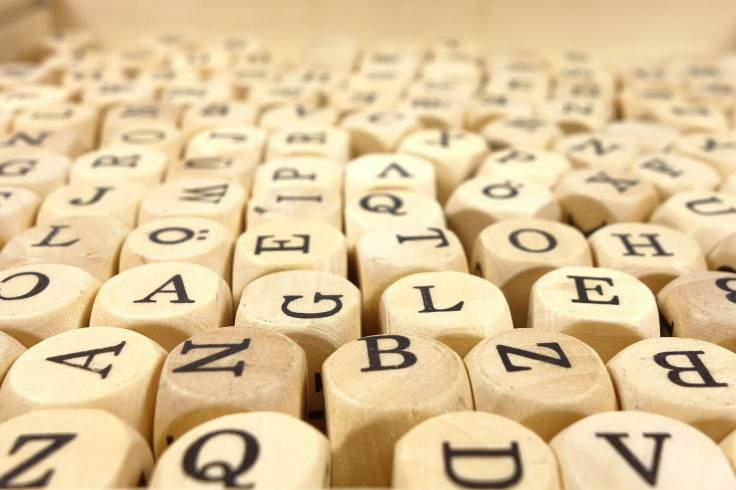Spell Check: Brain Damage In Different Areas Leads To Unique Problems With Spelling

Some of us have a knack for spelling, others not so much. Regardless of one’s propensity for spelling long, complicated words, we all use the same, very specific parts of the brain when it comes to basic spelling, according to researchers at Johns Hopkins.
A team of neuroscientists studied stroke victims who had lost the ability to spell, and were able to pin down the exact location in the brain that controls the way we write words. They linked basic spelling difficulties with damage in parts of the brain that, previously, seemed unrelated. The findings provide another clue to the precise mechanics of memory, language, and the way the two interact.
“When something goes wrong with spelling, it’s not one thing that always happens — different things can happen and they come from different breakdowns in the brain’s machinery,” said Brenda Rapp, lead author of the study and a professor in the Department of Cognitive Sciences, in a press release. “Depending on what part breaks, you’ll have different symptoms.”
Rapp and her colleagues looked at 15 years’ worth of stroke cases in which people were left with spelling impairments after they suffered a stroke. Of the 33 people, some had working memory problems, while others had long-term difficulties — both of which present unique challenges.
With working memory issues, people knew how to spell a word, but then had trouble choosing the correct letters, or assembling the letters in the right order. For example “lion” could be misspelled as “liot,” “lin,” or “lino.” If the person struggled with long-term memory, the person would be unable to recall the spelling of words, but would make educated guesses. The word “camp,” for example may be spelled correctly because of its predictability, but for the word “sauce,” a person might try “soss.”
The researchers charted the brain lesions of each individual using brain mapping technology, and observed that in the long-term memory cases, damage tended to appear on two areas of the left side of the brain, one towards the front and one lower down in the back. For those who struggled with working memory, two lesions were also observed in the left hemisphere, but in the upper part of the brain towards the back.
“I was surprised to see how distant and distinct the brain regions are that supported these two subcomponents of the writing process, especially two subcomponents that are so closely inter-related during spelling that some have argued that they shouldn’t be thought of as separate functions,” Rapp said. “You might have thought that they would be closer together and harder to tease apart.”
Science is pretty well informed about how we read, but spelling has been a different animal for researchers. These findings offer some of the first clear evidence of the way our brains spell, knowledge that could contribute to better therapies after brain damage, and to better spelling teaching methods.
Source: Rapp B, Purcell J, Hillis A, Capasso R, Miceli G. Neural Bases of Orthographic Long-Term Memory And Working Memory In Dysgraphia. 2015.



























